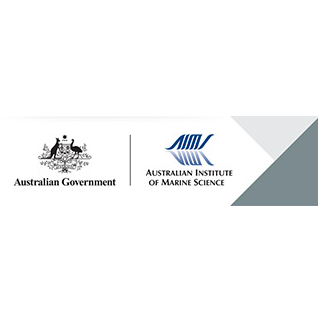Brief description
Baited Remote Underwater Video Stations (BRUVS (TM)) were used to non-destructively sample fish within and outside southern Melville Bay towards the end of the dry season (2-6 November, 2007), in light to moderate weather conditions and on the neap tides following the full moon. Sites were selected to enable sampling of the various habitats in Melville Bay, which were identified prior to BRUVS (TM) deployment, from a geo-referenced classification of habitats visualised with a towed camera. Habitats included: mud and silty sediments adjacent the cooling water discharge site at the head of Gove Harbour; nearby and relatively distant seagrass and macroalgal beds; and fringing coral habitats within and outside Southern Melville Bay. The fish communities on the northern side of Gove Peninsula were also examined to provide data to cover the potential for redirection of the cooling water discharge point.BRUVS (TM) sets were deployed in Gove Harbour, Wanaka Bay, Inverell Bay, Half Tide Bay and Middle Bay (30), NoName Bay (6), Northern Beach, Wallaby Rocks and Wallaby Beach (21). BRUVS (TM) were deployed for 1 hour, which was the recording length of the tape. Of the 57 BRUVS (TM) deployed, 22 tapes were assigned as unreadable (39%) due to poor water clarity.In Gove Harbour, 5 sets were placed in the vicinity of the cooling water outfall at the head of the harbour, 4 to the SE around Harbour Islet and 3 approximately 1 km south of the outfall. The 5 sets in vicinity of the outfall and one adjacent to Harbour Islet were over the hydrotalcite rich nepheloid layer of fine gelatinous sediments (the impact zone from the outfall). The remainder (6 sets) were over mud or sandy mud (silt) similarly devoid of benthic structure but included areas with burrowing organisms.Sampling positions, depth, time and associated operational data were secured at the time of deployment. The parameters recorded during the tape reading process were:- classification of the habitat (a still image is grabbed for each set)- identification to species level of all vertebrates observed (following the CAABCodes Australian standard naming convention)- the relative abundance of each species (recorded as 'maxN' - the maximum number visible at one time at any point on the tape)- the 'time of arrival' (Tarr) of each fish species- the life stage of each species (adult or juvenile)- the time elapsed before maxN (TmaxN) and feeding (Tf) was observed for each species The aim of this study was to support the establishment of a monitoring program to address potential impacts of the cooling water discharge of the Alcan Gove refinery on the fish communities of Melville Bay. The towed camera sampling and mapping of habitats are described in a separate metadata record:"Surveys of the marine habitats of southern Melville Bay, Northern Territory, using towed video and aerial photography".Lineage
Maintenance and Update Frequency: notPlannedModified: 17 10 2024
text: westlimit=136.682082; southlimit=-12.2235; eastlimit=136.743114; northlimit=-12.178853
- global : fe2fbf64-65b7-4171-8660-6bf4967a9019


